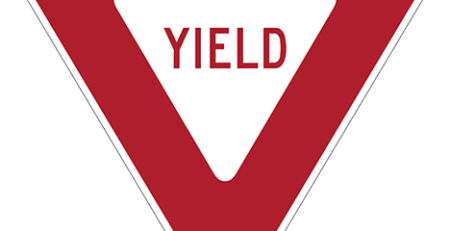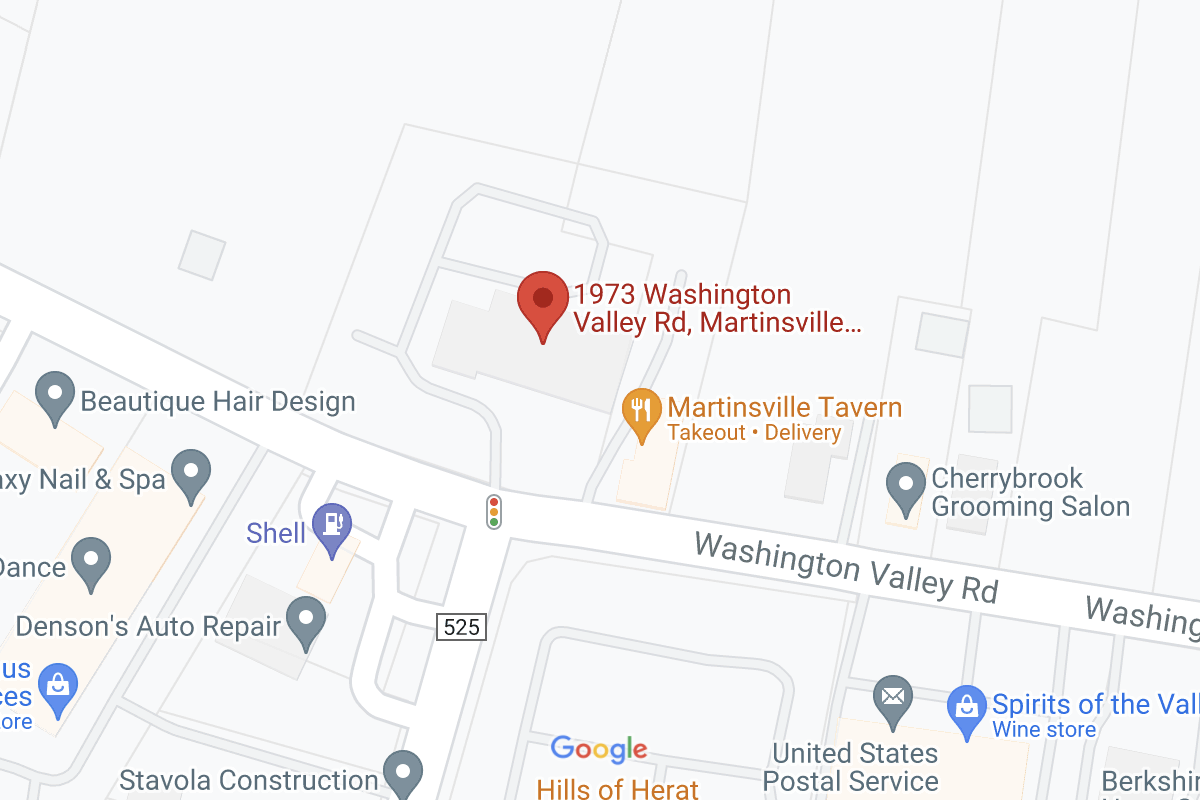Update on Charles Schwab Bank
Following the collapse of Silicon Valley Bank late last week, it is only natural for depositors at other institutions to worry how widespread the contagion will be and what protection their assets have. With Charles Schwab’s (NYSE: SCHW) stock price down over 20% last week and another 11.5% today, we wanted to ensure that our clients are fully informed as to what the risks here are (and what they are not).
First and foremost, as we touched upon in our note Friday here, the three banks that have folded, Silicon Valley (NYSE: SIVB), Silvergate (NYSE: SI), and Signature (NYSE: SBNY), all had company-specific risks (whether they be crypto activities, over-exposure to high-risk early-stage startups, or notably poor interest rate risk mitigation practices) that exacerbated their issues. Institutions like Charles Schwab are different for a number of reasons.
As such a large institution, Schwab breaks out its business into multiple subsidiaries. Charles Schwab & Co., Inc. is a securities broker-dealer. Charles Schwab Bank is a separate subsidiary and, as the name would imply, makes up Schwab’s banking entity. If there were to be a bank run on Schwab like there was at Silicon Valley Bank (which, again we find to be extremely unlikely), this would be the segment affected. As with other banks, FDIC insurance up to $250,000 per account holder applies to depositor accounts here.
Setting aside our risk outlook for a second, even in a worst-case scenario substantial protections are in place. On the brokerage side, the relevant body for investment accounts is the Securities Investor Protection Corporation (SIPC), a non-profit corporation that covers depositors at member firms up to $500,000. Charles Schwab is a member firm of the SIPC and client accounts have such protections. If you own 100 shares of AAPL in a Schwab account, you are the owner of those AAPL shares and Schwab is simply your custodian. If the custodian were to fail, the SIPC would arrange the transfer of those AAPL shares to a new custodian, but the shares would remain in your name. More importantly, Schwab also maintains supplementary private insurance through Lloyd’s of London and other insurers that provides depositor protection up to $149,500,000 (including up to $1,150,000 in cash) per account, up to an aggregate of $600,000,000. If you own securities beyond the $500,000 SIPC limit, Lloyd’s and the other insurers contracted by Schwab would step in but the process would be the same. As a result, coverage on Schwab brokerage accounts vastly exceeds the $250,000 FDIC insurance on bank accounts.
Drilling down into the banking segment, if you do your banking through Schwab, this will be the area to keep an eye on. If you do your banking through any other institution, the risks will be the same for them. If your investment assets are held at Charles Schwab & Co. but you do not do your checking and savings banking through Schwab Bank, you may still have some limited exposure to Schwab Bank. This is because Schwab utilizes what is known as a cash sweep, in which uninvested cash is swept into a deposit account at Charles Schwab Trust Bank so that the bank can utilize these assets for standard banking functions. Sweep deposits are FDIC insured, providing the $250,000 of coverage per account holder there. As per a note from Schwab today, “(m)ore than 80% of our total bank deposits fall within the FDIC insurance limits, among the five highest ratios of the top 100 banks in the United States.1” Importantly, Condor Capital keeps very little true cash in client accounts. Any meaningful cash balances are typically placed in a higher-yielding money market fund, so these are owned securities and not cash sitting on Schwab Bank’s balance sheet.
We would now like to turn our attention back to the risks Schwab Bank and other banking institutions might face in light of the weekend’s events. We cannot overstate the differences in stewardship and risk management. Schwab Bank’s loan-to-deposit ratio is roughly 10%, and “nearly all the loans are over-collateralized by first-lien mortgages or securities.1” Prior to its collapse, Silicon Valley Bank’s loan-to-deposit ratio was nearly 43%. Schwab and the other large banks also undergo annual stress testing as part of the Dodd-Frank Act, and have held up well even under “severely adverse scenario(s)”. At the time of the 2022 stress test, Schwab’s Common Equity Tier 1 ratio, a measure of reserves and risk-weighted assets, was 18.9%, versus a regulatory minimum of 4.5%. The bank also has almost $100 billion of cash flow from cash on hand, cash flows & net new assets, and can tap another $300 billion from Federal Home Loan Bank (FHLB) and other short-term facilities beyond that if need be. There is also a distinction between securities listed as Held to Maturity (HTM) versus those listed as Available for Sale (AFS) on a bank’s balance sheet that became an issue for SIVB last week. Schwab Bank does not have this same issue, both because of their balance sheet accounting practices to begin with and because they hold significantly more liquid assets as a risk mitigation practice, as evidenced by their healthier capital ratios and CCAR results, meaning that it is highly unlikely that they would need to dip into their HTM securities to meet withdrawals. With all of this in mind, we and many Wall Street bank analysts feel that the recent selloff in SCHW may be overdone, and at the very least overstates the risks that Schwab and other large institutions are actually facing here. Finally, the government has already shown a willingness to step in to prevent a broader crisis. If they were willing to do so for Silicon Valley Bank, there is almost no chance they would let a larger, more systemically important institution go under without the same make-whole protections.
In the longer term, we view this as a potential buying opportunity. Historically, these events and the responses to them generally create some opportunities, as these selloffs are often indiscriminate in nature. Furthermore, there is a chance that larger, better-capitalized firms like Charles Schwab and others actually gain market share and customer trust from these developments. Most importantly, we wanted to let you know that we are monitoring developments here closely and will continue to work to safeguard and grow your assets through this time.
For Schwab’s full press release from this morning, please see here: Schwab Reports Monthly Activity Highlights | Charles Schwab (aboutschwab.com)
Flourish
We also wanted to provide an update for those of our customers that do high-yield checking and savings business with Flourish. While Signature Bank was an underlying Program Bank for Flourish, “100% of funds held in Flourish Cash accounts at Signature Bank were FDIC-insured as of close of business on Friday.” As of this morning, Flourish had transferred all client funds out of Signature Bank.
1 Source: Schwab Monthly Activity Highlights Press Release 3/13/2023




